Teaching your kids to drive in Australia? Perhaps leave it to the pros
I’m sending my son out to drive in Australia, a country where ‘keep left unless overtaking’ seldom applies, and where L-platers are mobile chicanes on highways.
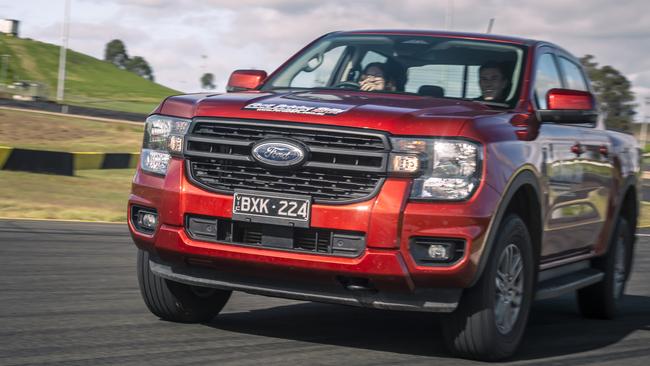
Parenting, in between the moments of nigh-unbearable, eye-prickling, chest-bursting joy, can be a little terrifying (I’d like to say this is why I avoided having children in my twenties, but the truth is I’m just not a morning person).
I well remember the chill of horror that went through me when I realised these helpless creatures, much like puppies, are delivered to us with no road sense at all, and that teaching my son how to cross the road safely would be my most important Dad-work of his first decade.
Plenty of other parenting has left me scared witless since (chasing my daughter down a steep hill as her scooter careened out of control before hurling her skywards was a lowlight), and yet nothing compares to the challenge of teaching my son to drive.
There’s a graph in some of the reams of printed material he was given that shows accident frequency across ages and, aside from the fact that it suggests I should hide my parents’ licences and steal their car, the big spike in incidents when children (and they are still children – a 17-year-old is to an adult as I am to an American President) are on their red P-plates shook me.
What frightens me more, however, is the fact that I’m sending him out to drive in Australia, a country where “keep left unless overtaking” is a sentence far too complex to be understood by 98 per cent of drivers, and where some state governments (Tasmania and NSW) think it’s a good idea for Learners to be restricted to 90km/h on freeways, thus becoming mobile chicanes not only for car traffic but for semi-trailers and caravaniacs (L-platers can drive at 100km/h in South Australia and WA, while in Queensland, Victoria and the ACT they can do the posted speed limit; the Northern Territory imposes a ludicrous limit of 80km/h).
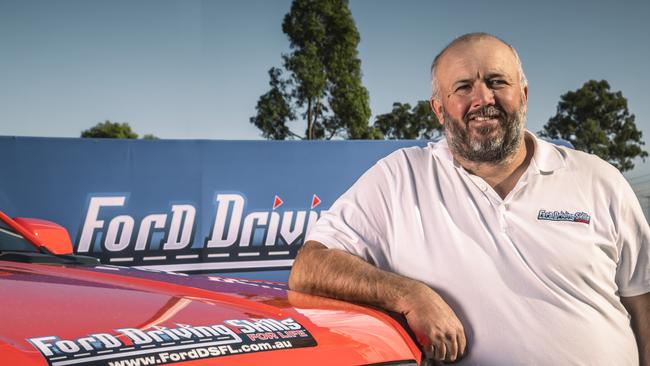
I found myself agreeing head-noddingly with driving instructor James Stewart as my reluctant son and I attended the Ford Driving Skills for Life course recently at Sydney Motorsport Park. “The greatest skill for driving in this country is avoiding the other idiots on the roads – if you don’t see at least three idiots doing something stupid on every journey, have a good look at yourself, because you’re not looking hard enough,” Stewart insisted.
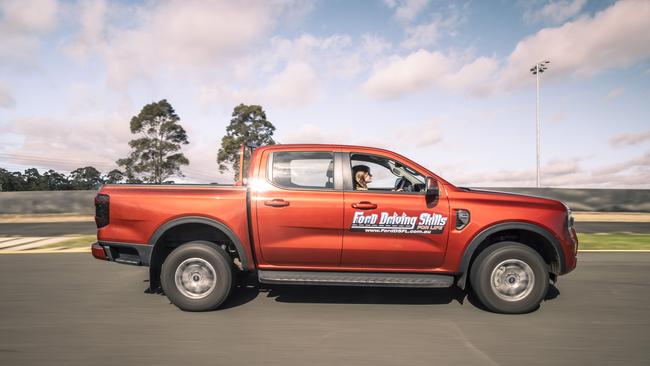
I also enjoyed the frisson of frustration he sent through the watching parents by repeatedly asking them to make fools of themselves in front of their kids (the course is for any driver under 25, it’s free and paid for by the folks at Ford, who also provide whopping great Ford Everests and Rangers to drive).
Stewart: “Who knows where you should have your hands on the steering wheel?” Overly Confident Parents: “Ten and two.” The answer, of course, is “not any more, Grandpa”. The new wisdom is nine and three, and we should also be using those highly adjustable modern seats to sit lower in the car, in order to extend your vision further up the road.
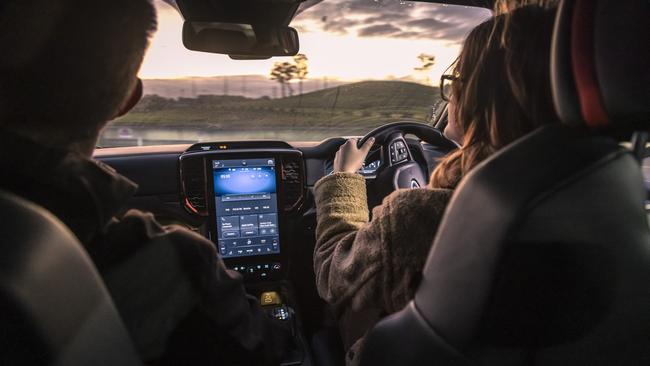
To even things up, Stewart did strap a Fatigue/Inebriation Suit (featuring weights around your joints, opaque “beer” goggles, etc) to a teenager, who became hilariously incapable of walking in a straight line or catching a ball.
Our fragile youths were then sent out on the track, in the dark (when most accidents occur with P-platers), to experience emergency braking, the ability that ABS gives you to swerve and stop simultaneously, and a cornering exercise that answered another typical instructor question, “Which part of your body do you steer a car with?” (Your eyes.)
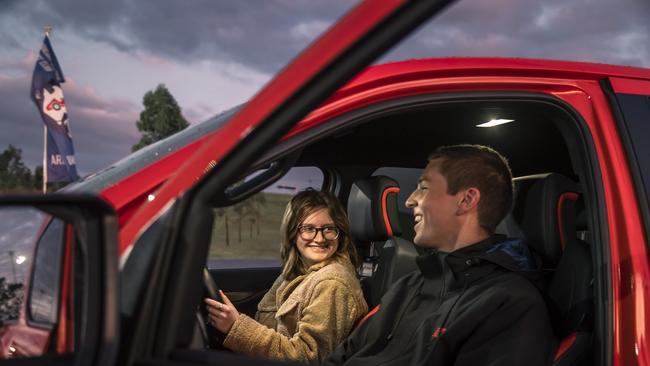
“I always tell the kids, it’s great that you know what ABS feels like now – a lot of people who’ve never experienced it panic because they think something’s wrong – but I hope you never have to use it again, because we’ve taught you about awareness and not being too close to the car in front,” said Stewart, who has the incredible skill of getting my son to take him seriously. “There’s a lot of value in hearing something from someone else, rather than your parents. Honestly, my kids won’t take me – an expert – seriously on this stuff either.”
Which reminded me of the time I was being driven at high speed across Germany and started quizzing my chauffeur about how difficult and expensive it was to get your licence there (answer: very). When he asked me how Australians go about it, I swear he almost teared up in fear and frustration: “You let your parents teach you how to drive? But that’s crazy. They’re not professional instructors!”
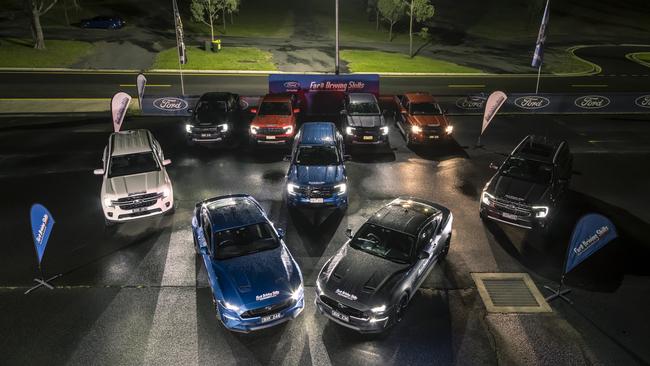
In case you weren’t aware, the Germans are great drivers, never drive slowly in the fast lane and have a per capita road toll much lower than ours, despite the fact that on some of their roads you can legally exceed 300km/h. So, is it speed that kills, or a lack of proper driver training?
Stewart, who runs a company called Driving Solutions that offers all kinds of instruction, agrees with me about the madness of the 90km/h limit for NSW Learners (and red P-platers). “The best time for a Learner to experience higher speeds is when there’s an experienced driver in the car with them; instead, in NSW, the first time they’ll do 110 is when they’ve got their mates in the car.”
I am just 30 hours into the 120 hours I have to teach my son to drive safely. I am not sleeping well.

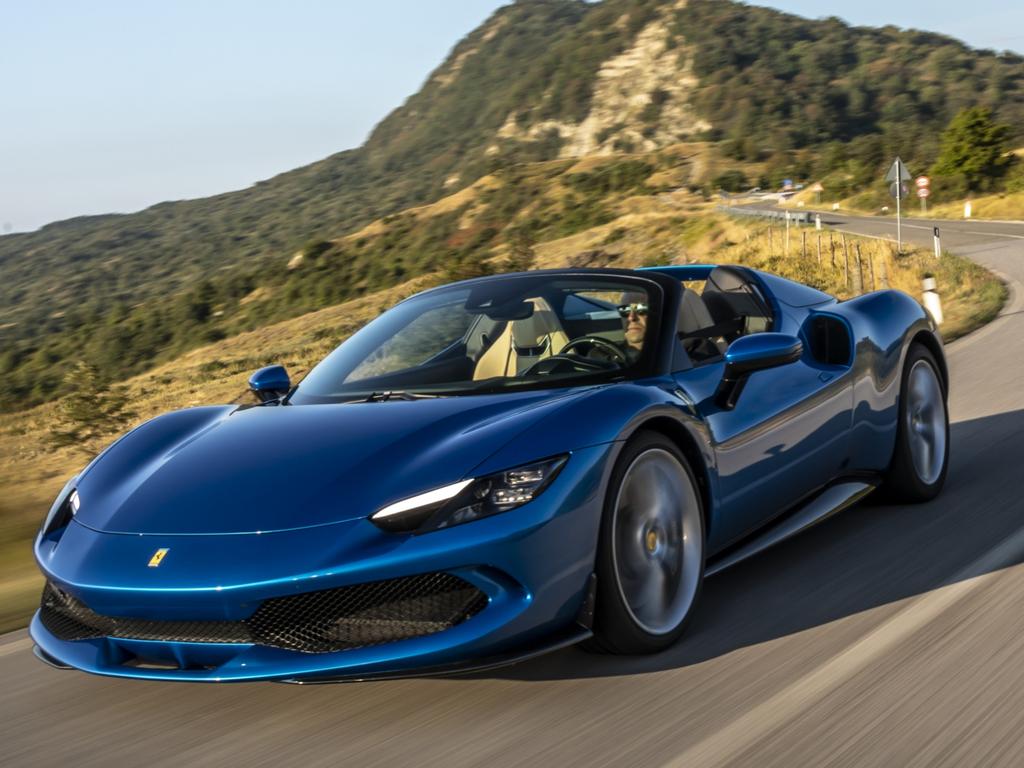
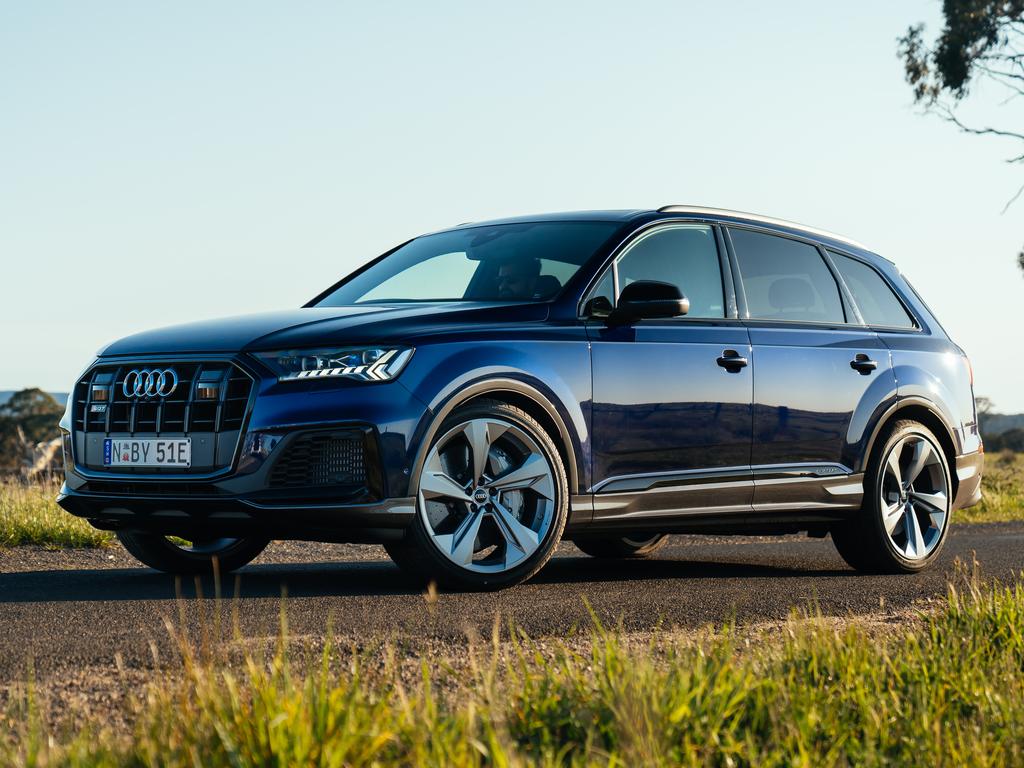
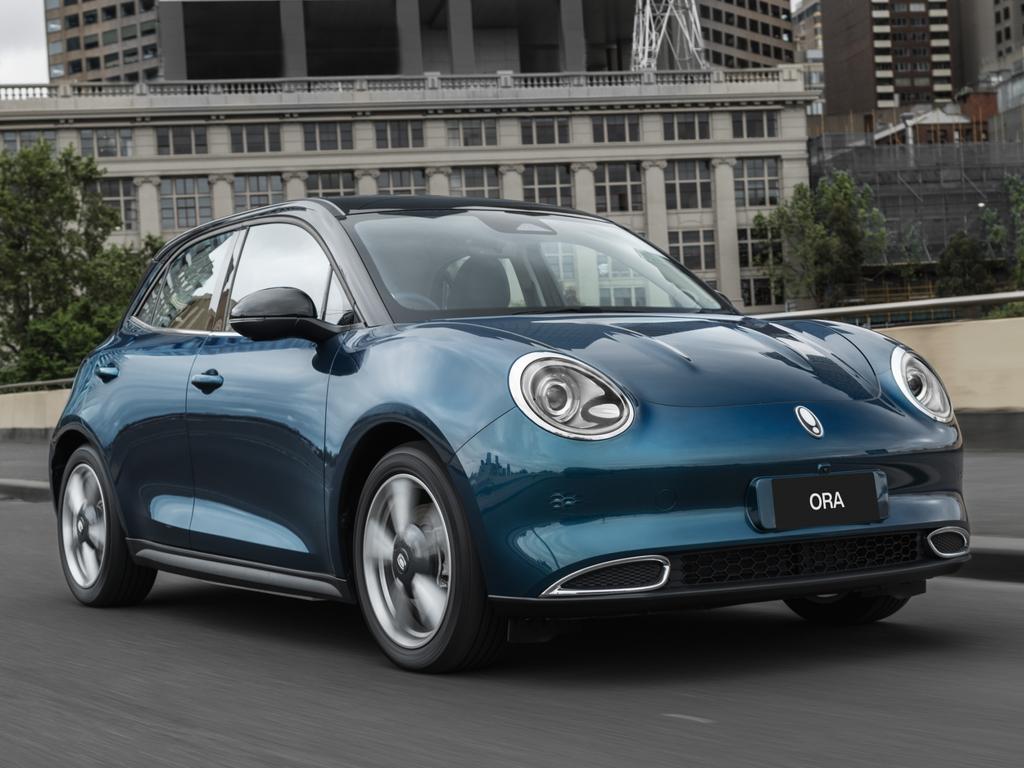
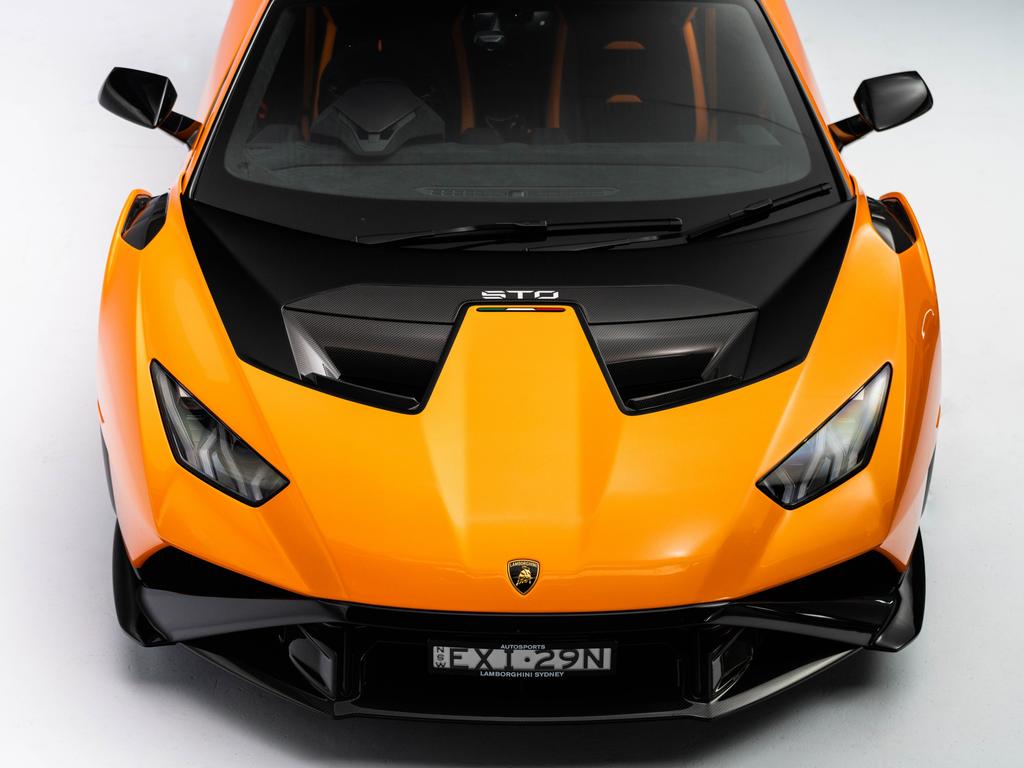


To join the conversation, please log in. Don't have an account? Register
Join the conversation, you are commenting as Logout